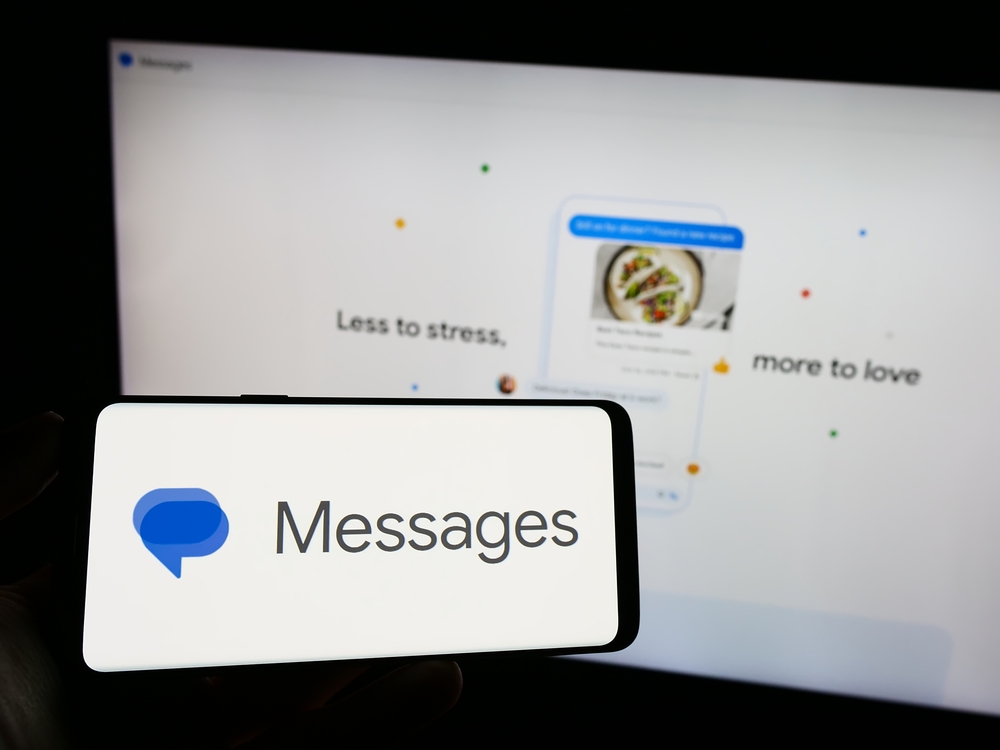The Google Messages app (version 20250409_01_RC00) has introduced a new Unsubscribe feature aimed at reducing spam, bulk messages, and other unwanted communication from businesses via SMS or RCS. This update is designed to improve user control and streamline message management, especially for users who frequently receive marketing messages or alerts from companies.
With the new feature, users can stop receiving updates from businesses that send promotional or unnecessary content. The Unsubscribe button appears either just above the text input field or within the additional menu of a conversation, depending on the interface layout. We’ll keep you updated as more integrations become available and the feature rolls out to additional regions or platforms.

Where and How It Works
Google has clarified that the Unsubscribe option is currently available for:
-
RCS business messages in the US, Brazil, France, Germany, India, Mexico, Spain, and the UK;
-
SMS or MMS messages sent in the US from short codes (typically 5-6 digit phone numbers) or from senders with alphanumeric identifiers.
When a user selects “Unsubscribe,” the app prompts them to provide a reason. If the reason is spam, the app will also offer the additional option to “Report this sender.” This extra step helps Google improve spam detection and reduce future unwanted content, notes NIX Solutions.
Once a user unsubscribes, the app automatically sends the keyword “STOP” to the sender using the user’s number. From that point on, the user will no longer receive messages from the business—except for essential content like one-time passwords (OTP) or boarding passes.
Option to Re-Subscribe Anytime
If the user later decides to resume communication with a company, it’s easy to re-subscribe. They can either send the message “START” or simply tap the “Subscribe again” button located above the chat’s message field.
This feature reflects Google’s ongoing efforts to give users more control over their messaging experience, particularly in environments where business communication is common. It also brings the app in line with existing practices used by mobile carriers and other messaging platforms.
